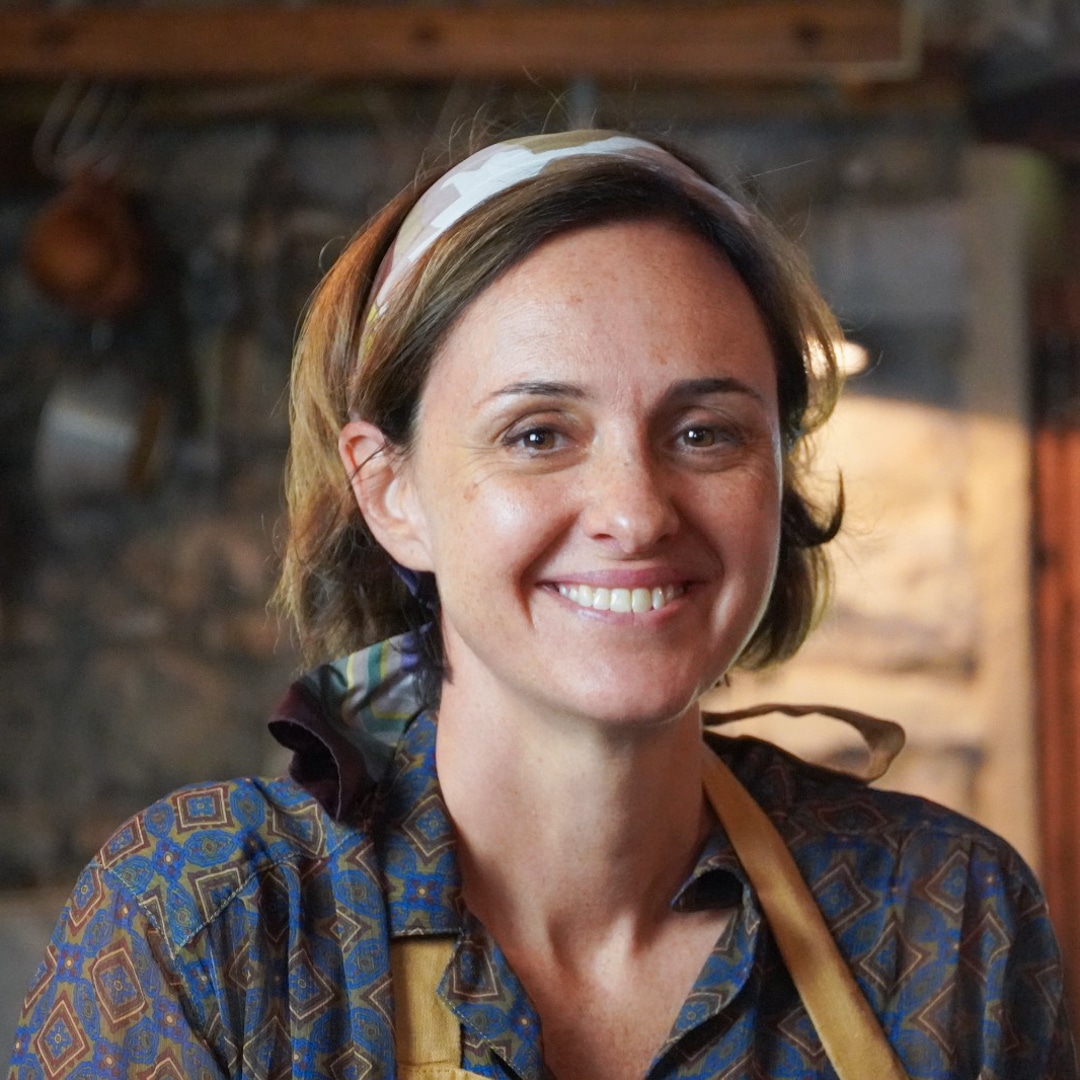When did the Italian ritual of sipping amaro to seal a meal come about? And how do you prepare the Liguria hazelnut cake of Chiavari?


This is what I tell you in today’s post, a post that inaugurates my collaboration with Nuovo Liquorificio Fabbrizii. It’s a young spirits’ business, strongly linked to Val d’Aveto and the Ligurian backcountry. They brought back to life their great-grandfather Giovanni Fabbrizii business, a famous Genoese liqueur and coffee maker of the early 900, after having rediscovered hidden in an old cabinet the secret recipe written by hand and the original labels of his renowned Amaro Fabbrizii. Through their history and their products I will have the opportunity tell you, even more often, about my beloved Ligurian hinterland and traditions related to drinking and eating well.
The origins of the amaro ritual, the so called “ammazzacaffè”
I thought it was interesting (also for me) to start the adventure with Nuovo Liquorificio Fabbrizii doing some research on when and where the Italian tradition of sipping a glass of amaro (bitter digestive liquor) at the end of a meal originated, the Italian ritual we commonly call ammazzacaffè, literally “coffee killer.”
Well I discovered that the origins are very ancient and precede the introduction of coffee in Europe (the first coffee bars opened, in fact, around the end of 1600).
In the Middle Ages the art of making liqueurs was already known to pharmacists and monks (mainly Benedictines) for curative purposes, but the great diffusion of the ritual of consuming a bitter digestive liquor the end of a meal was due to Caterina De’ Medici, great foodies and wife of the king of France Henry II, who from 1523 brought to the court of Paris some productions of the Italian liquorists to finish off royal banquets.
At that time in fact nobles and aristocrats (especially male, the queen does not count), after dinner used to get up from the table and move to another room to continue discussing smoking cigars and enjoying liqueurs such as cognac or brandy.
From 1700, then, thanks to important scientific discoveries on fermentation techniques and production processes of sugar, the liquor industry had a great expansion making Italy, France and the Netherlands the main producers of liqueurs in Europe.
And as always happens this habit slowly passed from the houses of the nobility to the folks’ one, initially just for celebrating great occasions.
However, it was only with the arrival of coffee on the tables of the Italians that the ritual of sipping a glass of amaro at the end of a meal took the name of ammazzacaffè “coffee killer”. One might wonder if the first coffees in history were so pleasant if people even needed to kill its taste!

Nowadays this aim for us Italians – coffee lovers as we are – has certainly come to an end.
Today we drink amaro because it gives a sense of lightness at the end of a meal, hopefully facilitating digestion thanks to the medicinal virtues of its plants and because it often leaves the palate rich in flavors.
But above all, I think, the not too veiled purpose of us Italians in offering or ordering a liqueur at the end of a meal is to prolong the time of chatting around the table and nourish our innate conviviality!
Liguria hazelnut cake from Chiavari
What matches better with the herby, warm and spicy notes of an amaro, like Amaro Fabbrizii, than a soft and moist hazelnut cake?
And the recipe I wish to share is the traditional Liguria hazelnut cake of the valleys of the hinterland of Chiavari (including Val d’Aveto where Nuovo Liquorificio Fabbrizii is based) where since ancient times (it seems even before the Romans) various varieties of hazelnut trees grow spontaneously.


Over the centuries farmers have learned to select the best varieties to grow at different altitude and different on soil type to get the best yield (do not forget that farming in Liguria is a piece of cake since the fields were rip from the mountains thanks to stone terraces).
Since Middle Ages the cultivation of hazelnuts has been one of the most important economic resources of that part of Ligurian territory. And because different hazelnut varieties to be marketed converged n the largest coastal city, these hazelnuts were called Nocciole Misto Chiavari
If you want you can watch this beautiful video made by the Slow Food Community preserving this product (subtitles in English too)!
Below the recipe for the Liguria Hazelnut Cake, it is really simple – just three ingredients – but not ordinary at all!
Enjoy!


Ingredients
- 250 g (8 oz) of toasted hazelnuts
- 150 g (5 oz) of granulated sugar
- 4 eggs
- Icing sugar to decorate
- (For a cake tin with a diameter of 20 cm/ab 8 inches)
Instructions
- Preheat the oven to 175 ºC / 350°F and grease a cake tin with a diameter of 20 cm/8 inches.
- Finely blend the toasted hazelnuts jointly with a tablespoon of sugar taken from the total (in this way the oils of the hazelnuts do not oxidize due to the heat of the blades of the blender) until you get a thick paste.
- Separate the yolks from the egg whites.
- Add the sugar to the egg yolks and whisk until you get a light and foamy dough, about 3 minutes. Then pour in the hazelnut paste and stir gently until it is completely incorporated.
- Whip the egg whites until firm. Then add them to the dough a tablespoon at a time, stirring gently from the bottom upwards to prevent the whites from deflating.
- Bake in the oven for 20 minutes. When you take it out, the cake should be soft and slightly damp.
- Let it cool down and then decorate with plenty of icing sugar.






